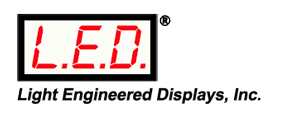Water Detection Cable provides a durable and practical solution to your water detection requirements. The cable is comprised of two individually insulated conductors, surrounded by a tough monofilament braided sheath.
Rayon is used to insulate the conductors and provides for quick entry of fluid, yet allows the cable to be dried easily. Decay and corrosion resistant, the cable does not normally need to be replaced after being wet. It is also designed not to retain water.
The cable features a “cut to fit” design. The installer uses only the amount of cable required for each application. Excess cable can be used on the next installation.
Suitable for new or retrofit applications, the cable can be pulled under existing wiring with a standard “snake.” The polypropylene cover is abrasion resistant. Self-stick terminal blocks and fasteners help make the installation quick and easy.
The cable, when connected to an AquaALERT control panel, will detect a water leak, 12” wide or greater, at any point along its length. The conductors are constantly monitored for continuity.
Drying time of the cable is influenced by conditions such as temperature, humidity, air velocity, and leak size. Typically, the system can be reset in about three minutes after the cable is removed from a water leak approximately 12” wide. Wiping the wet section with a dry towel will speed the process.
The cable is available in white and high visibility (neon) yellow. Cable diameter is approximately 1/4”. Breaking strength is over 100 pounds.
Cable is suitable for installation in normally dry areas. Environment should be non-condensing within a temperature range of 0° to 100° F.



